Every year during June or July, the city of Puri in Odisha becomes the center of global attention as millions gather to celebrate one of India’s grandest spiritual festivals, Jagannath Rath Yatra, also known as the Chariot Festival. This isn’t just a religious event; it’s a vibrant celebration of unity, tradition, and divine love that dates back more than 800 years.
Unlike most deities who remain in the sanctum sanctorum, during this festival, Lord Jagannath, along with his siblings Lord Balabhadra and Goddess Subhadra, comes out in elaborately decorated wooden chariots to meet the devotees. The sight is not only inspiring but also deeply moving, as people from all walks of life, regardless of religion, caste, or background, have the chance to pull the chariots and feel close to the divine.
Each deity has a unique chariot. Lord Jagannath’s chariot, called Nandighosha, is the tallest and has 18 wheels. Lord Balabhadra’s Taladhwaja has 16 wheels, and Subhadra’s Darpadalan has 14 wheels. These chariots are constructed afresh every year using sacred neem wood, without using a single nail or metal component, testifying to centuries-old traditional craftsmanship.
The Divine Backstory
The Jagannath Temple is considered one of the holiest pilgrimage sites in India. According to ancient scriptures and legends, the Rath Yatra is symbolic of Lord Krishna’s desire to visit his birthplace, Mathura. Another tale says Goddess Subhadra expressed a wish to see the city, and her brothers accompanied her. The tradition of the Rath Yatra is said to fulfill these divine desires annually.
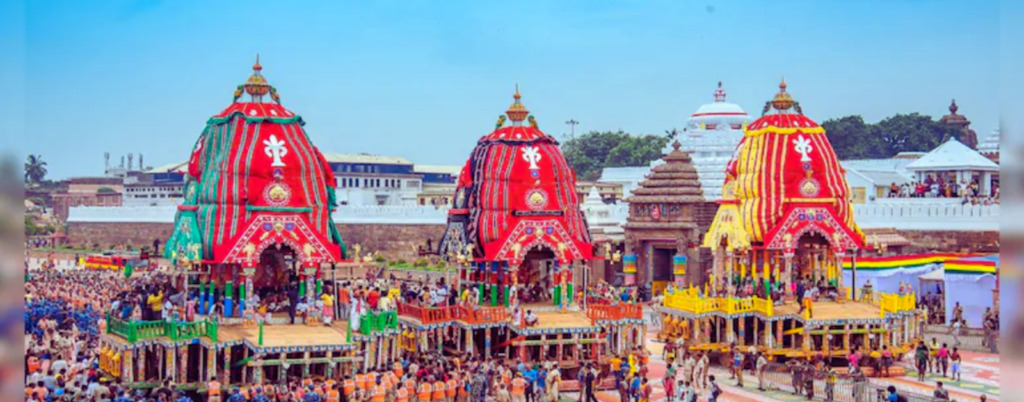
Historically, the festival has roots in the 12th century, when King Indradyumna is believed to have installed the idols of Lord Jagannath and his siblings. The idols are made of sacred wood and are replaced every 12 to 19 years in a ritual called Nabakalebara. Lord Jagannath’s large, round eyes represent his eternal watchfulness and presence in every devotee’s life.
Rituals that Bring the Festival to Life
The festival is preceded by weeks of preparation and rituals. One of the most important ones is Snana Purnima, where the idols are bathed with 108 pots of water. Following this, the deities are hidden away from public view for about 15 days in a ritual known as Anasara, signifying a divine illness. After this period, the deities reappear with a rejuvenated form during Netrotsava, also called the New Youth Festival.
On the day of Rath Yatra, the divine siblings are brought out of the temple in a grand procession called Pahandi Bije, where they are ceremoniously carried and placed on their respective chariots. Before the journey begins, the King of Puri performs a symbolic act called Chera Pahara, sweeping the chariot platforms with a golden broom. This represents that even the most powerful are servants in the eyes of the divine.
Then begins the most anticipated part of the festival, the pulling of the chariots. Thousands of devotees gather to pull the massive chariots with thick ropes, chanting the name of Lord Jagannath. The atmosphere is electric, filled with conch shells, drums, cymbals, and devotional songs. It is believed that participating in this act cleanses one’s past sins and brings spiritual merit.
The deities are taken to the Gundicha Temple, which is about 3 km away from the main Jagannath Temple. This is considered to be the home of their aunt, and the deities stay here for nine days. During this time, devotees offer prayers, and the temple comes alive with rituals and festivities. A special offering called Poda Pitha, a traditional Odia cake made from rice and jaggery, is offered to the Lord.
After their stay, the deities return to the main temple in a return journey called the Bahuda Yatra. Before entering the temple, the chariots halt briefly at the Mausi Maa Temple, where another round of rituals is conducted. On the day they re-enter, the deities are adorned with gold ornaments in a grand event called Suna Besha, which means “golden attire.”
More Than a Festival—A Global Cultural Celebration
The Jagannath Rath Yatra is not just limited to Odisha anymore. Over the years, it has been celebrated in various parts of India, such as Ahmedabad, Kolkata, and Chennai, and even internationally in countries like the UK, the USA, Australia, and Bangladesh. The message of spiritual unity and divine grace resonates with people across the globe. The term “juggernaut” in English, meaning an unstoppable force, is believed to have originated from the Rath Yatra.
People of all faiths join the celebration. In Odisha and even outside, people of other religions take part by pulling the ropes of the chariots or helping with arrangements. It’s a beautiful representation of India’s cultural inclusiveness and spiritual harmony.
Why This Festival Still Matters Today
In a world increasingly divided by identities, the Rath Yatra reminds us of the universality of faith and devotion. Lord Jagannath’s willingness to leave the inner sanctum and step onto the streets shows us that the divine doesn’t differentiate; it embraces all. Whether you’re rich or poor, a pilgrim or a passerby, the Lord’s gaze welcomes everyone.
The festival also holds deep personal meaning for devotees. It is believed that pulling the chariot, or even witnessing the Yatra with devotion, can cleanse lifetimes of negative karma and bring peace, health, and spiritual growth. For locals, it’s a matter of immense pride and spiritual responsibility to be part of a tradition that hasn’t changed in hundreds of years.
Connecting Rath Yatra, Shravan & Rudraksha: A Spiritual Synergy
While Rath Yatra is primarily dedicated to Lord Jagannath, who is considered a form of Lord Vishnu or Krishna, there is a beautiful connection with the Shravan month and Lord Shiva as well.
Shravan, which usually follows soon after Rath Yatra, is one of the holiest months in the Hindu calendar. It is dedicated to Lord Shiva, the supreme ascetic, and marks a time of deep devotion, fasting, and spiritual awakening. It is said that worshipping both Lord Shiva and Lord Vishnu during this time creates powerful spiritual synergy and balance in one’s life.
And this is where Rudraksha becomes especially significant.
Rudraksha, the sacred seed associated with Lord Shiva, is known to enhance spiritual growth, mental clarity, and protection. Wearing a Rudraksha during Shravan is believed to multiply the blessings one receives. When combined with the divine energy of Rath Yatra and the blessings of Lord Jagannath, the spiritual benefits can be even greater.
For those who wear Rudraksha malas, this period offers an opportunity to deepen japa (chanting) practice, especially while reciting mantras of Lord Shiva or Hanuman, and even during the bhajans and kirtans of Lord Jagannath.
This spiritual bridge between Rath Yatra and Shravan is a reminder of how interconnected the deities truly are. Lord Jagannath represents the joyful, loving aspect of the divine, and Lord Shiva symbolizes stillness, meditation, and inner transformation. By participating in the Rath Yatra, entering Shravan with a heart full of devotion, and adorning oneself with Rudraksha, one aligns mind, body, and spirit with divine purpose.
Experience It Yourself
If you ever wish to experience Rath Yatra firsthand, visiting Puri during this time is truly magical. The entire city transforms into a hub of devotion, color, and celebration. Streets are cleaned and decorated, hotels are packed, and spiritual energy fills the air. If travel isn’t possible, many temples and cultural centers across India and abroad now organize mini versions of Rath Yatra that replicate the spirit of the main festival.
Even watching the event online or attending a community celebration can give you a sense of connection to the divine. The deities may ride on chariots, but the real journey is in the hearts of devotees.
Special Jagannath Rath Yatra Maha Puja by Rudralife (Jun 27, 2025)
For those seeking deeper blessings, Rudralife is organizing a grand Jagannath Rath Yatra Maha Puja on June 27, 2025, at 02:50 PM (IST). Conducted by 6 Vedic Pandits, this puja includes:
- Shaligram Bhagavan Abhishek
- Maha Lakshmi Abhishek
- Tulsi Archan & Shanti Paath
- Jagannath Stotra Paath
- Devata Namaskar & Maha Sankalp
- Hanuman, Bhairav & Kuldevi Pujan
- Pitru Namaskar & Guru Vandana
- Jagannath Stotra Paath
Why Join This Puja?
- Relief from karmic blocks and planetary afflictions
- Blessings for success, spiritual growth, and mental peace
- Enhanced devotion and connection with Lord Vishnu (Jagannath)
- Protection for family health, harmony, and financial growth
- Upliftment of personal energy through divine rituals
You can participate by registering, and the Vedic Pandits will chant your name and gotra for personalized blessings.
Conclusion
The Jagannath Rath Yatra is not just a religious tradition; it is a celebration of everything that makes Indian spirituality so unique. It’s inclusiveness, devotion, color, and connection between the divine and the people. The massive chariots, the ancient rituals, the enthusiastic crowds, and the timeless legends all combine to make this one of the most spectacular festivals in the world.
Whether you’re a devout follower, a spiritual seeker, or someone curious about India’s rich heritage, Rath Yatra offers an experience that’s both grounding and uplifting. It teaches us that the divine is not distant but very near, rolling through the streets in a chariot, waiting for us to pull the rope with love and faith.
Jai Jagannath! 🙏
Quick Links for Your Spiritual Journey
Explore Rudraksha Collection:
👉 https://rudralife.com/rudraksha
Book Jagannath Rath Yatra Maha puja with Rudralife:
👉 https://rudralife.com/sankalp-pujas/june-2025/jagannath-rath-yatra-maha-puja.html
Free Rudraksha Recommendation:
👉 https://rudralife.com/free-consultation


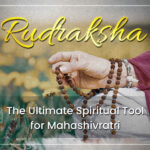
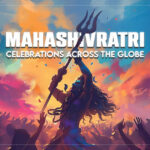

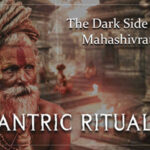

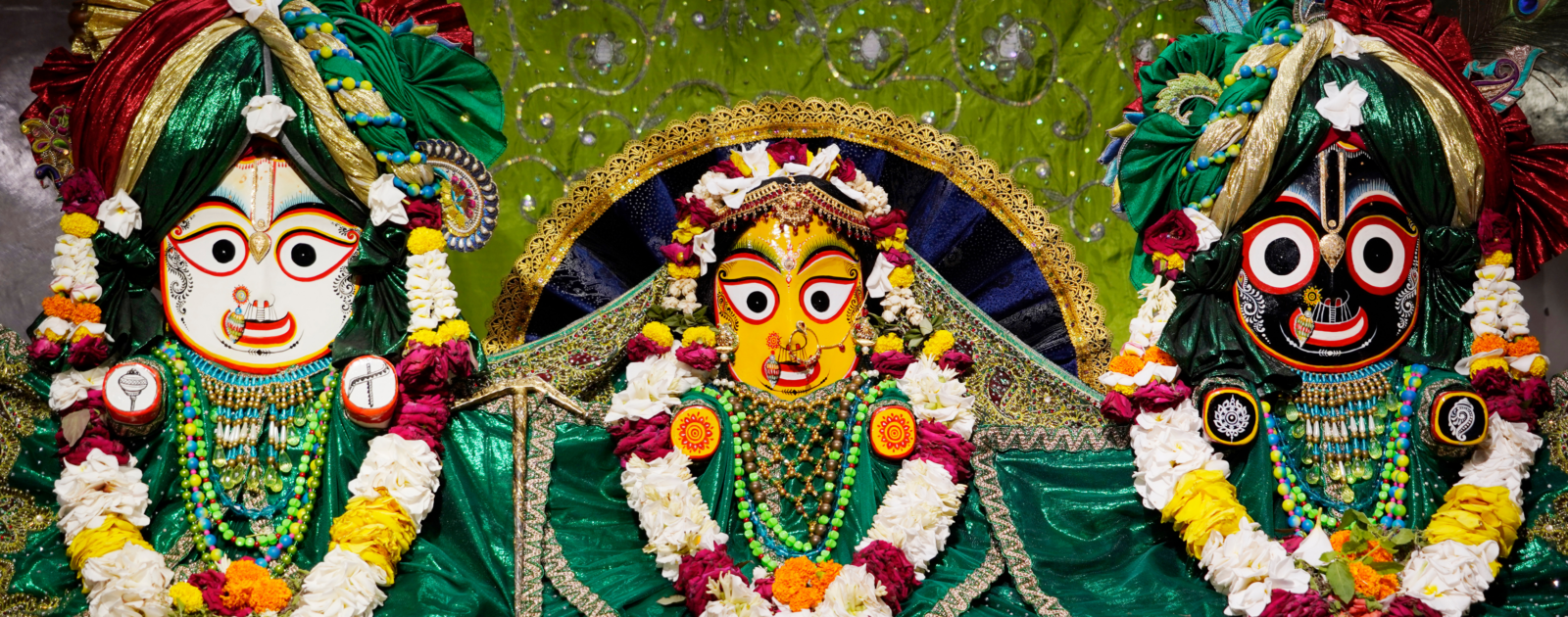

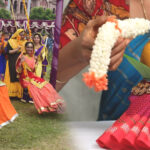
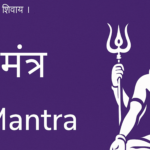
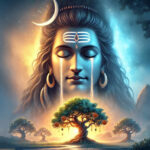
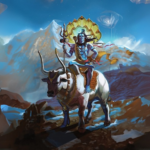
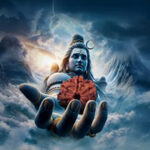
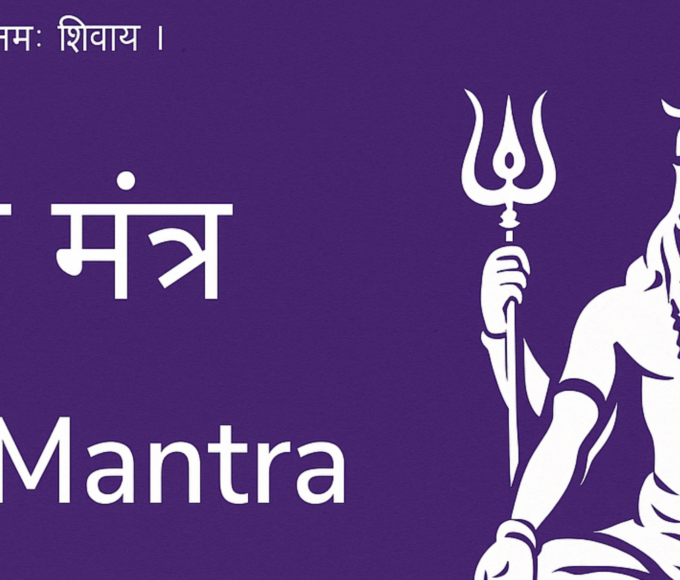
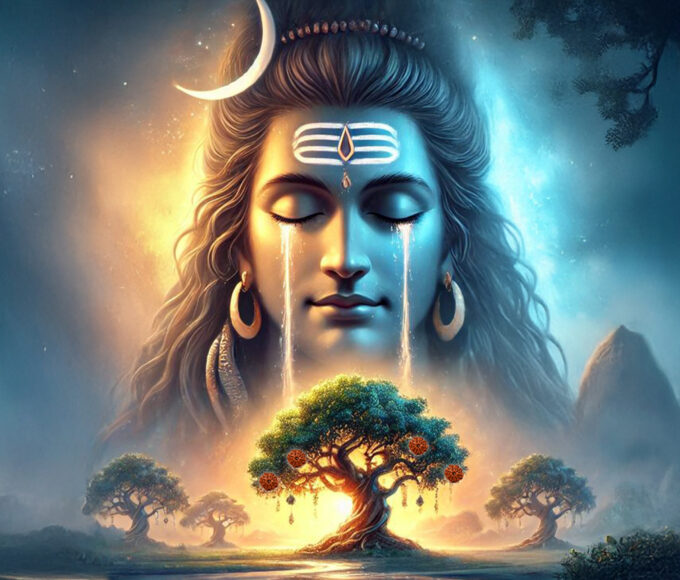
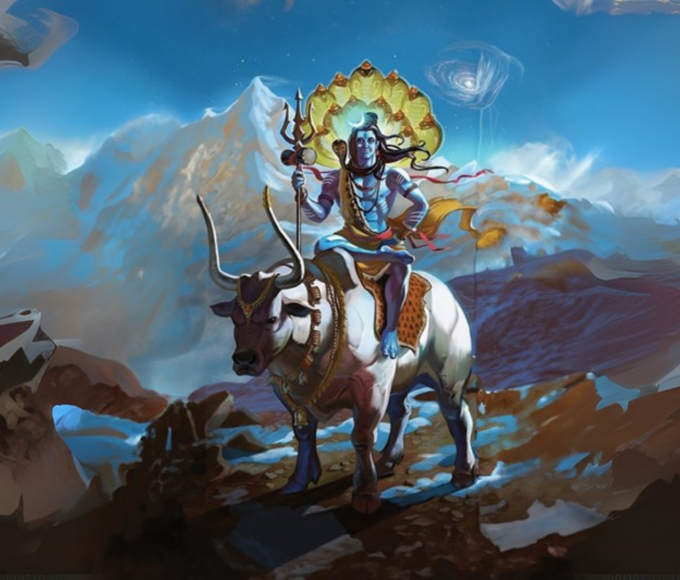

Leave a comment